I would like to use the Google Earth Engine in order to extract data for certain countries. I need the data in the form of square grids, so I would like to create those square grids for a certain country, add them to the shapefile and then import the shapefile into the Earth Engine. I already found some code to create the square grids (Create a grid inside a shapefile), but now I have two problems.
First, I need to export the square grids so that I can import them to the Earth Engine. I'm very open to alternatives to the shapefile.
Second, the subsequent code works for some countries (like France), but not for others (like Thailand).
library(raster)
shp = getData(country = "FRA", level = 0)
shp = spTransform(shp, CRSobj = "+proj=utm +zone=32 +datum=WGS84 +units=m +no_defs +ellps=WGS84 +towgs84=0,0,0")
plot(shp)
cs = c(10000, 10000)
grdpts = makegrid(shp, cellsize = cs)
spgrd = SpatialPoints(grdpts, proj4string = CRS(proj4string(shp)))
spgrdWithin = SpatialPixels(spgrd[shp,])
plot(spgrdWithin, add = T)
Replacing "FRA" by "THA" in line 2 leads to an error in spTransform.
